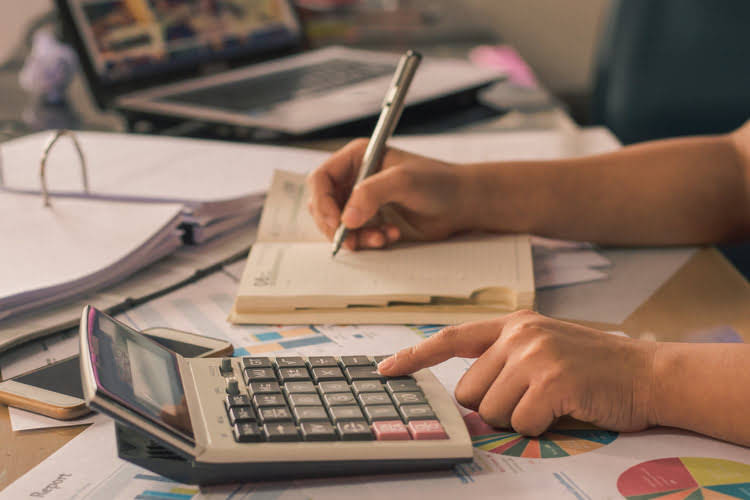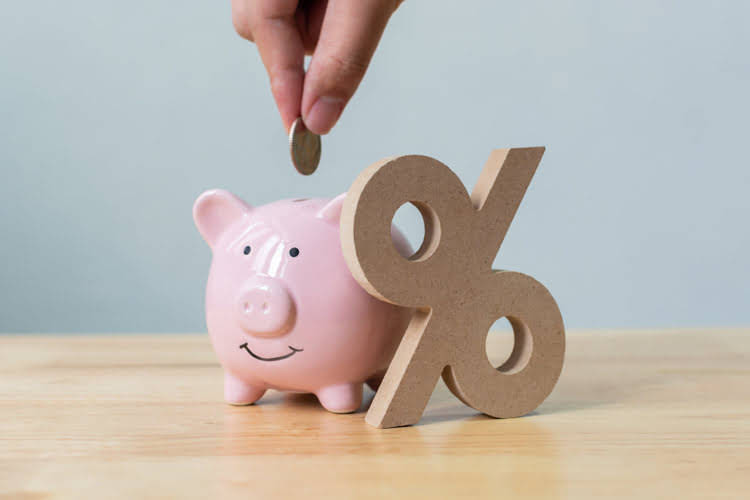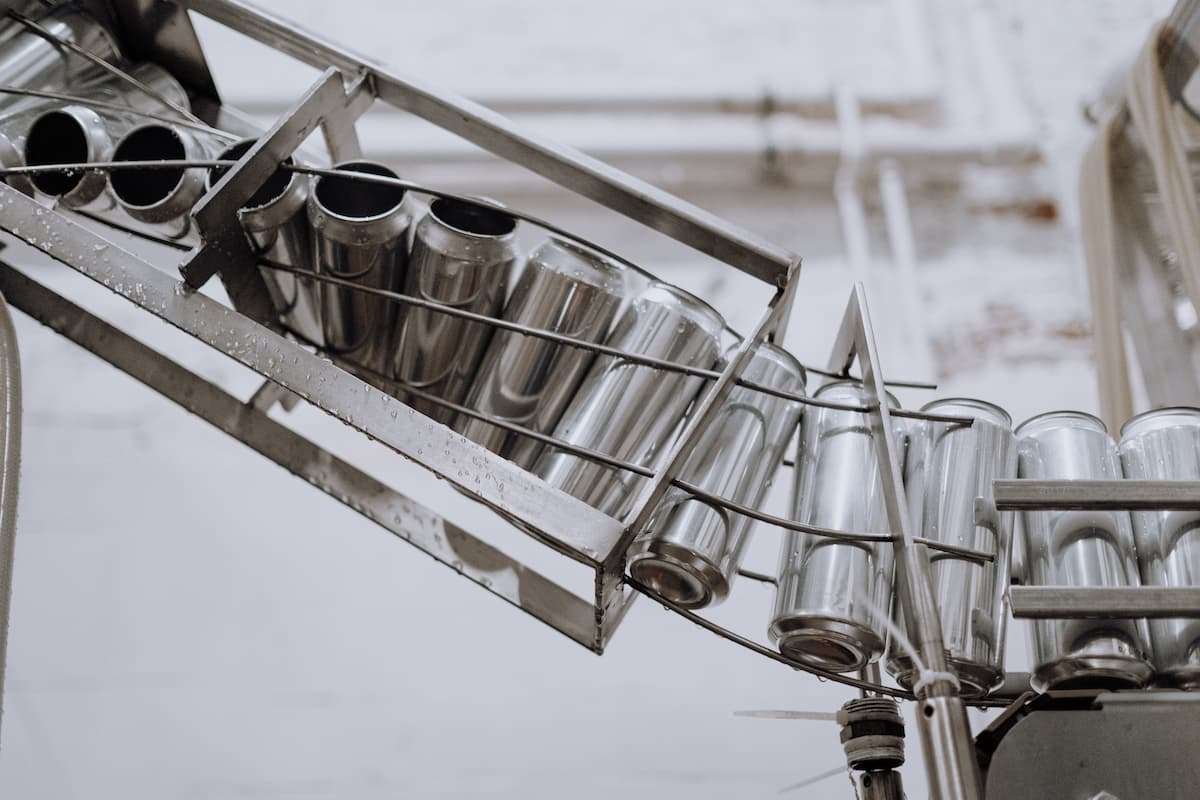
Our AI-powered Anomaly Management Software helps accounting professionals identify and rectify potential ‘Errors and Omissions’ on a daily basis so that precious resources are not wasted during month close. It automates the feedback loop for improved anomaly detection and reduction of false positives over time. We empower accounting teams to work more efficiently, accurately, and collaboratively, enabling them to add greater value to their organizations’ accounting processes. Our solution has the ability to record transactions, which will be automatically posted into the ERP, automating 70% of your account reconciliation process. Our Financial Close Software is designed to create detailed month-end close plans with specific close tasks that can be assigned to various accounting professionals, reducing the month-end close time by 30%. The workspace is connected and allows users to assign and track tasks for each close task trial balance category for input, review, and approval with the stakeholders.
Accounting Services
First, the straight-line depreciation rate is determined by dividing 100% by the double-declining-balance depreciation asset’s useful life. For example, an asset with a five-year useful life has a straight-line rate of 20%. This rate is then doubled to produce the double declining rate, which, in this case, would be 40%. Declining Balance Depreciation is an accelerated cost recovery (expensing) of an asset that expenses higher amounts at the start of an assets life and declining amounts as the class life passes. The amount used to determine the speed of the cost recovery is based on a percentage. The most common declining balance percentages are 150% (150% declining balance) and 200% (double declining balance).
Posts from: Depreciation Formula in Excel
- This is unlike the straight-line depreciation method, which spreads the cost evenly over the life of an asset.
- These tools can quickly adjust book values, generate detailed financial reports, and adapt to various depreciation methods as needed.
- It is frequently used to depreciate fixed assets more heavily in the early years, which allows the company to defer income taxes to later years.
- Of course, the pace at which the depreciation expense is recognized under accelerated depreciation methods declines over time.
- This means that compared to the straight-line method, the depreciation expense will be faster in the early years of the asset’s life but slower in the later years.
Starting off, your book value will be the cost of the asset—what you paid for the asset. Hence, our calculation of the depreciation expense in Year 5 – the final year of our fixed asset’s useful life – differs from the prior periods. The depreciation expense recorded under the double declining method is calculated by multiplying the accelerated rate, 36.0% by the beginning PP&E balance in each period. The formula used to calculate annual depreciation expense under the double declining method is as follows.
- Accelerated depreciation methods, such as double declining balance (DDB), means there will be higher depreciation expenses in the first few years and lower expenses as the asset ages.
- It involves more complex calculations but is more accurate than the Double Declining Balance Method in representing an asset’s wear and tear pattern.
- This accounting tutorial teaches the accelerated method of depreciation called Double-declining method and provides examples illustrating the accounts involved, how depreciation affects financial reports, and more.
- An asset for a business cost $1,750,000, will have a life of 10 years and the salvage value at the end of 10 years will be $10,000.
Annual Depreciation Computation
As such, the depreciation in year four will be $200 ($10000-$9800) rather than $1080, as computed above. Also, for Year 5, depreciation expense will be $0 as the assets are already fully depreciated. What makes DDB unique is that the depreciation is recalculated annually, based on the remaining book value, not the original cost. This results in a steep decline in value in the first few years, tapering off over time.

What is the DDB depreciation method?
Usually, to calculate the depreciation of transportation, we apply the SYD or Sum of Years’ Digits method. Moreover, the depreciation of buildings and furniture is calculated through a straight-line approach. When estimating assets’ net worth each year, we use this technique for a constant rate of depreciation.

Reach Out to a Financial Expert Today

The biggest thing to be aware of when calculating the double declining balance method is to stop depreciating the asset when you arrive at the salvage value. That is less than the $5,000 salvage value determined at the beginning of the asset’s useful life. Note, there is no depreciation expense in years 4 or 5 under the double declining balance method. To illustrate, suppose your business purchases a piece of equipment for $10,000 that has a useful life of five years and no salvage value. Under the straight-line method, the annual depreciation expense is 20 percent of the asset’s cost, or $2,000 ($10,000 cost / 5-year useful life).
- As such, most tax systems require that the depreciation for an asset be prorated.
- Besides his extensive derivative trading expertise, Adam is an expert in economics and behavioral finance.
- Vehicles, plant machinery, buildings, and more will not last forever and are expected to depreciate until they have reached their salvage value.
- With our straight-line depreciation rate calculated, our next step is to simply multiply that straight-line depreciation rate by 2x to determine the double declining depreciation rate.
- Subsequently, this figure is multiplied by two to establish your double declining balance depreciation rate.
- However, the management teams of public companies tend to be short-term oriented due to the requirement to report quarterly earnings (10-Q) and uphold their company’s share price.
Unlock Your Business Potential with OneMoneyWay

Under Straight Line Depreciation, we first subtracted the salvage value before figuring depreciation. For instance, if a car costs $30,000 and is expected to last for five years, the DDB method would allow the company to claim a larger depreciation expense in the first couple of years. This not only provides a better match of expense to the car’s usage but also offers potential tax benefits by reducing taxable income more significantly in those initial years. Once the rate is established, calculate the depreciation expense for the first year by applying this rate to the asset’s initial book value. In subsequent years, apply the same rate to the asset’s remaining book value, which decreases each year as depreciation is accounted for.
Depreciation is a concept in accounting that influences financial statements and tax calculations. The double declining balance (DDB) method real estate cash flow is notable for its accelerated approach to asset depreciation, impacting a company’s reported earnings and tax liabilities by front-loading depreciation expenses. Depreciation is the act of writing off an asset’s value over its expected useful life, and reporting it on IRS Form 4562. The double declining balance method of depreciation is just one way of doing that.
Microsoft® Excel® Functions Equivalent: DDB
First-year depreciation expense is calculated by multiplying the asset’s full cost by the annual rate of depreciation and time factor. Depreciation rates used in the declining balance method could be 150%, 200% (double), or 250% of the straight-line rate. When the depreciation rate for the declining balance method is set as a multiple, doubling the straight-line rate, the declining balance method is effectively the double-declining balance method. Over the depreciation process, the double depreciation rate remains constant and is applied to the reducing book value each depreciation period. Double-declining depreciation, or accelerated depreciation, is a depreciation method whereby more of an asset’s cost is depreciated (written-off) in the early years and less in subsequent years as the asset ages. However, when the depreciation rate is determined this way, the method is usually called the double-declining balance depreciation method.
